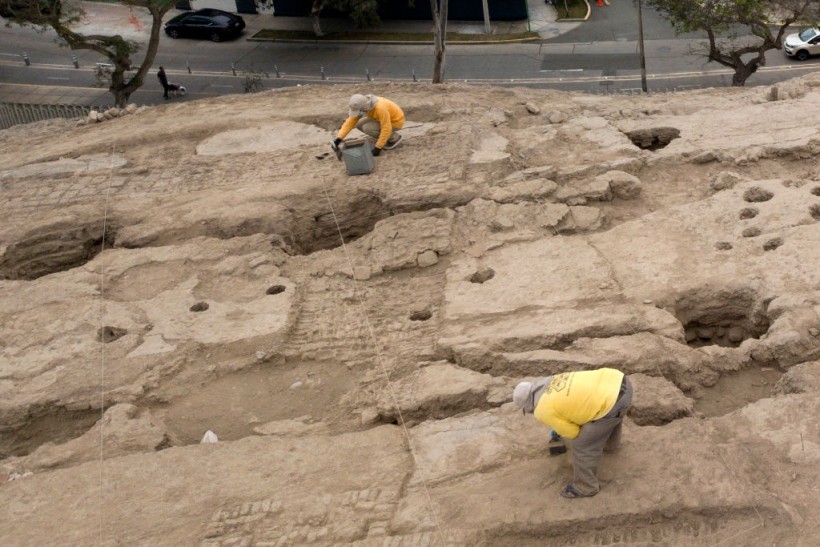During gas line installations in Lima, Peru, workers came across a sudden discovery: eight pre-Inca mummies buried with various artifacts.
Pre-Inca Mummies and Various Artifacts
The mummies appeared to be buried in a seated position. They were covered with cotton cloth funeral bales and tied with laina-braided ropes. According to archaeologists, the mummies may have been part of a culture of pre-Incas known as the Ichma that got incorporated in the 15th century with the Inca Empire.
Archaeologist Jesus Bahamonde from natural gas company Cálidda explains that they are able to uncover Lima's lost history under the streets and tracks.
Aside from the mummies, other recent artifacts were also found in the area. The findings include some opium pipes, shoes, hand-rolled cigarettes, a 1898 minted Peruvian silver coin, Chinese game cards, and a 1875 Spanish-written contract.
ALSO READ: 3,000-Year-Old Tomb of Possible Earth-Spirit Mediator Shaman Discovered in Peru
Archaeology in Lima
Bahamonde explains that when the Spaniards reached the area in the 1600s, they found a whole population dwelling in three valleys that make up present-day Lima, noting that the discovery serves as a historical continuation of some sort.
Lima today used to be occupied for over 10,000 years. Pre-Inca cultures, the Inca empire, and then the colonial empire all settled in the area.
While the discovery was quite unseeming, it is not the first time for construction projects to shed light on the rich history of Lima. Bahamonde explains that while he was with the company, over 1,900 archaeological discoveries were found in the urban area. These findings include textiles, pottery, and mummies.
Lima is known to be abundant in archaeological areas. In fact, it hosts the famous and interesting Huaca Pucllana archaeological site which comprises a huge pyramid structure that was oddly constructed with vertical bricks. This structure dates back to roughly 500 A.D.
Several female corpses were found during excavations of the pyramid. The ancient culture of Lima holds that sacrificing women was the greatest sacrifice due to women's capacity to bring life.
There was also a recently found untouched grave in the area. Within it were four Wari-culture mummies that were bundled well.
The archaeological area serves as a reminder of the patrimony of Lima's historical dwellers.
Aside from this, Lima also hosts the Sanctuary of Pachacamac, the huaca Hunatille, the Garagay archaeological zone, the Puruchuco archaeological complex, the Mateo Salado archaeological complex, and the Caral sacred city.
RELATED ARTICLE: AI Finds Three Nazca Line Geoglyphs in Peru; What Are These Figures?
Check out more news and information on Archaeology in Science Times.















